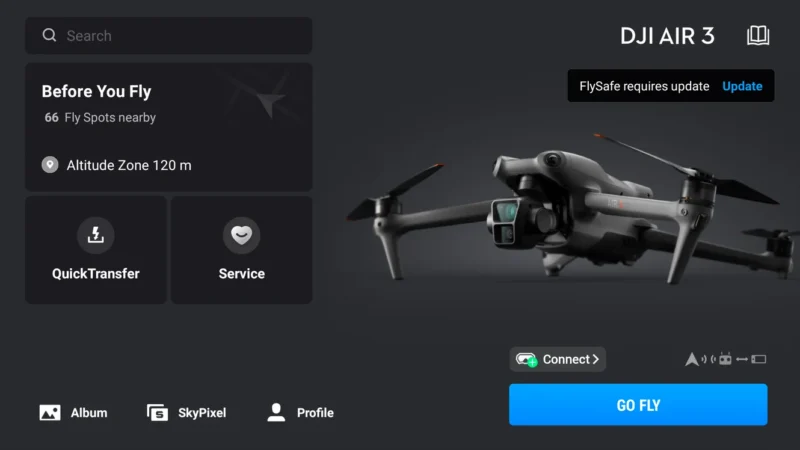DJI says it will no longer enforce “No-Fly Zones”, putting the onus on pilots to ensure they don’t fly in restricted areas.
The move is something of a surprise as a potential ban on DJI continues to linger over the company and comes at a time when drones are in the spotlight for interfering with the L.A. wildfires.
In a blog post, DJI explains the update means pilots will see DJI geofencing datasets replaced by official Federal Aviation Administration (FAA) data. The Chinese company characterizes this as “placing control back in the hands of the drone operators.”
Areas that were previously defined as Restricted Zones, commonly known as No-Fly Zones, will instead be displayed as Enhanced Warning Zones that align with the FAA’s designated areas. An in-app alert will notify the pilot that they are flying near designated controlled airspace which can be dismissed by the user.
An FAA spokesperson tells The Verge that the authority “does not require geofencing from drone manufacturers.”
 The screen DJI flight app users need to find to update the software.
The screen DJI flight app users need to find to update the software.DJI says that when it first introduced the geofencing system in 2013, there were very few formal drone flight rules and regulations were sparse. The company says it introduced the feature as a goodwill gesture to prevent drone operators from flying into restricted airspace such as government buildings, airports, or prisons.
“Since then, global regulations and user awareness have evolved significantly, with a greater focus on geo-awareness and Remote ID solutions which makes detection and enforcement much easier,” DJI writes.
“National aviation authorities, including the European Aviation Safety Authority (EASA) in the EU, the UK Civil Aviation Authority (CAA), and the FAA in the U.S., have established comprehensive geographical zones for unmanned aircraft systems (UAS) and enforce drone regulations.”
DJI argues that the update aligns with aviation regulations around the globe — including the FAA — that it is the drone operator, not the drone manufacturer, that is responsible for complying with aviation rules.
“This update has been in development for some time, following similar changes successfully implemented in the E.U. last year, which showed no evidence of increased risk,” DJI global policy head Adam Welsh tells The Verge.
To receive the update, users must connect their flight app to the internet and click “Update” on the FlySafe pop-up notification. DJI reminds all pilots to fly safely and in accordance with local laws and regulations.
Image credits: Header photo licensed via Depositphotos.






 English (US) ·
English (US) ·